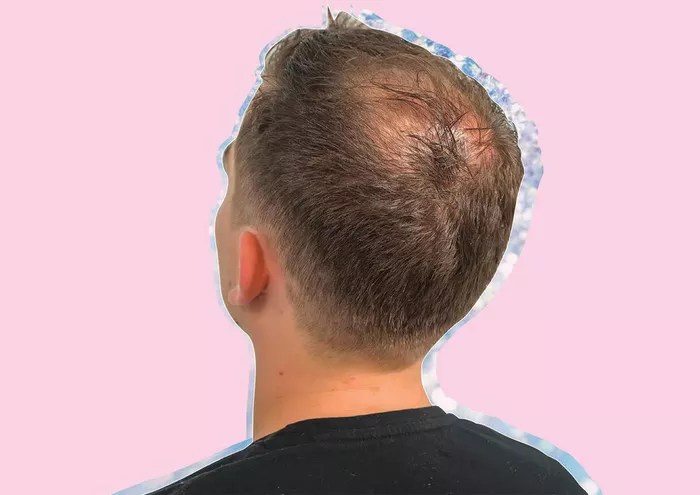Alopecia areata, an autoimmune disorder that targets hair follicles, can be a mystifying and emotionally challenging condition. As individuals grapple with the physical manifestations and psychological impact, the question echoing in the medical community and among those affected is: What causes alopecia areata? In this exploration, we delve into the intricate web of factors contributing to this perplexing disorder, unraveling the scientific complexities and seeking to empower individuals with knowledge about the potential triggers of alopecia areata.
1. Autoimmune Origins: The Immune System’s Misguided Assault
At the core of alopecia areata lies an autoimmune response, where the body’s immune system mistakenly identifies hair follicles as foreign invaders and attacks them. This immune response leads to inflammation in the affected areas, causing the hair to fall out. While the exact trigger for this misguided assault remains elusive, research suggests a combination of genetic and environmental factors play a crucial role in initiating and perpetuating the autoimmune response.
2. Genetic Predisposition: Unlocking Familial Patterns
Genetics emerges as a significant factor in the development of alopecia areata. Individuals with a family history of autoimmune conditions, including alopecia areata, have a higher risk of experiencing the disorder themselves. This genetic predisposition underscores the importance of understanding familial patterns and highlights the interplay between genetic and environmental factors in the manifestation of alopecia areata.
3. Immunological Factors: Unruly Immune Cells and Cytokines
The immune system’s assault on hair follicles involves the activation of T cells, a type of white blood cell, within the affected areas. These T cells release cytokines, signaling proteins that regulate immune responses. In alopecia areata, the cytokines contribute to inflammation and disrupt the normal hair growth cycle, leading to hair loss.
Understanding the specific immunological processes at play is an ongoing area of research, with scientists exploring the nuances of T-cell behavior and cytokine interactions to develop targeted treatments.
4. Environmental Triggers: Stress, Infections, and Beyond
While genetic factors set the stage, environmental triggers can act as catalysts in precipitating or exacerbating alopecia areata episodes. Stress, both physical and emotional, has been identified as a potential trigger, with anecdotal evidence suggesting that periods of heightened stress may coincide with the onset or exacerbation of hair loss.
Infections, particularly those affecting the hair follicles, may also play a role in triggering alopecia areata. Research is ongoing to elucidate the specific mechanisms through which infections contribute to the autoimmune response in susceptible individuals.
5. Other Autoimmune Conditions: Shared Pathways
Alopecia areata often coexist with other autoimmune conditions, such as thyroid disorders, rheumatoid arthritis, or vitiligo. The shared genetic and immunological pathways among these conditions suggest a common underlying mechanism. Individuals with one autoimmune disorder may be more susceptible to developing others, emphasizing the need for comprehensive medical evaluations and monitoring.
Conclusion: Navigating the Intricacies of Alopecia Areata
In the exploration of what causes alopecia areata, the interplay of genetic, immunological, and environmental factors emerges as a complex tapestry. The autoimmune origins, genetic predisposition, immunological factors, environmental triggers, and associations with other autoimmune conditions collectively contribute to the enigma of alopecia areata.
As the scientific community continues to unravel the intricacies of this disorder, individuals affected by alopecia areata find themselves navigating a landscape where understanding and awareness are crucial. Comprehensive care, tailored to individual needs and circumstances, is paramount. The journey involves not only addressing the physical manifestations but also acknowledging the emotional impact and fostering a sense of community and support.
In conclusion, the quest to uncover what causes alopecia areata is ongoing, and the answers lie within the collaborative efforts of researchers, healthcare professionals, and resilient individuals facing the challenges of this disorder. Empowered with knowledge and supported by a network of understanding, individuals affected by alopecia areata can navigate their journey with a sense of identity, and strength, and the hope that future advancements will bring new insights and targeted treatments to alleviate the complexities of this autoimmune condition.

